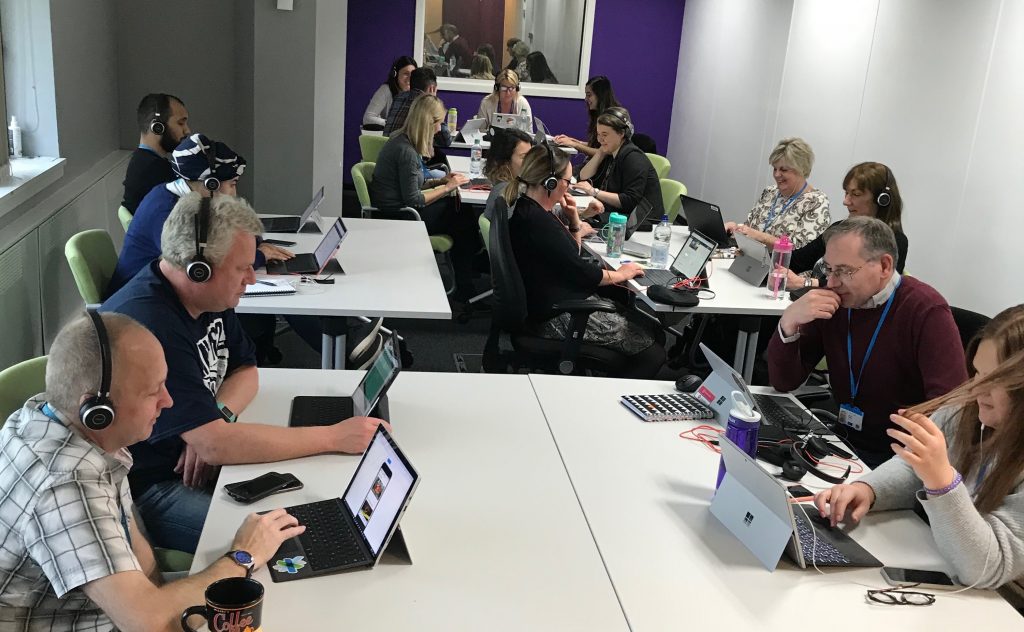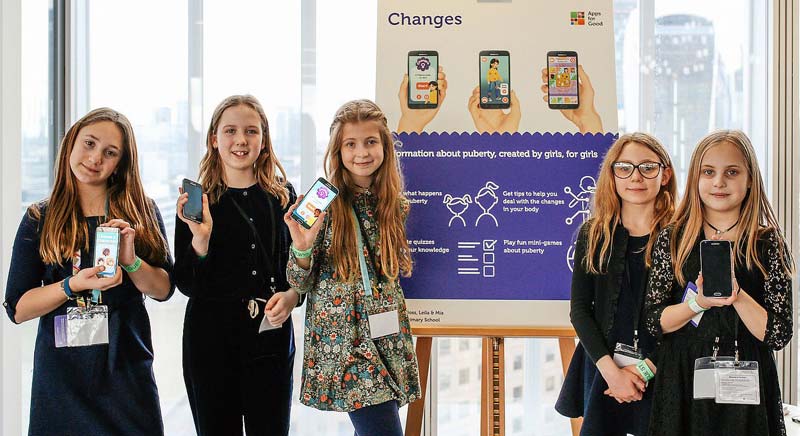 For 4 years now HMRC colleagues have been invited to the Apps for Good shortlisting sessions as a way for us to get involved in finding the next generation of digital thinkers, leaders, and entrepreneurs. This year I took part in the session held in our Shipley digital delivery centre and can genuinely say that the ideas that some of the young people have come up with are truly mind-blowing.
For 4 years now HMRC colleagues have been invited to the Apps for Good shortlisting sessions as a way for us to get involved in finding the next generation of digital thinkers, leaders, and entrepreneurs. This year I took part in the session held in our Shipley digital delivery centre and can genuinely say that the ideas that some of the young people have come up with are truly mind-blowing.
Apps for Good
Apps for Good is an educational charity organisation that works with schools and teachers to provide free IT courses as part of the IT curriculum. These courses help young people, aged 10 to 18, to build mobile apps and Internet of Things (IoT) products. The IoT course, launched by Apps for Good only last year, is a testament to how technology is constantly growing, and the need for both citizens and organisations like HMRC to keep up with it.
For people like me, the Apps for Good shortlisting is a chance to look at your own skill set and knowledge and see what the next generation are doing with the ever-growing world of technology.
 Students work in teams and come up with a real-life problem they personally care about, to solve with either an app or IoT product. The course takes them through all the fundamental stages of new product development; from creating, developing and communicating ideas, programming and technical proving, to designing the app or product and researching the market.
Students work in teams and come up with a real-life problem they personally care about, to solve with either an app or IoT product. The course takes them through all the fundamental stages of new product development; from creating, developing and communicating ideas, programming and technical proving, to designing the app or product and researching the market.
It's great to see how passionate and enthusiastic the children are about making a difference in the digital space. I thoroughly enjoyed watching their creative flair in action.
I particularly enjoyed reviewing the app that allowed you to store loyalty and other value cards using a programming method which lets you add cards through the simple scan of a bar code. I can relate to this as I change my bag often and am forever forgetting to put all my cards in one place as I simply have too many.
 The creativity and innovation from the students was infectious and I am very proud to have been a judge for this event. I volunteered to do this as, living in an age of technology, it allows learning to become more interactive than it has ever been before.
The creativity and innovation from the students was infectious and I am very proud to have been a judge for this event. I volunteered to do this as, living in an age of technology, it allows learning to become more interactive than it has ever been before.